Optimal Timing for Concrete Paver Installation
Concrete pavers installations are influenced by seasonal weather conditions, impacting the durability and quality of the finished surface. Optimal installation periods typically occur during mild, dry weather to ensure proper setting and curing. Temperature fluctuations and moisture levels can affect the adhesion and strength of the pavers, making timing crucial for long-lasting results.
Spring offers moderate temperatures and lower humidity, ideal for concrete curing. Installing during this season can reduce the risk of cracking caused by freeze-thaw cycles.
While summer provides warm weather suitable for installation, high temperatures can cause rapid drying, leading to potential surface imperfections. Proper planning and watering are necessary to ensure quality results.
Fall provides cooler temperatures and less rainfall, creating favorable conditions for setting and curing. It also allows for timely completion before winter.
Winter installation is generally discouraged due to freezing temperatures and snow, which can hinder curing and cause damage to the pavers.
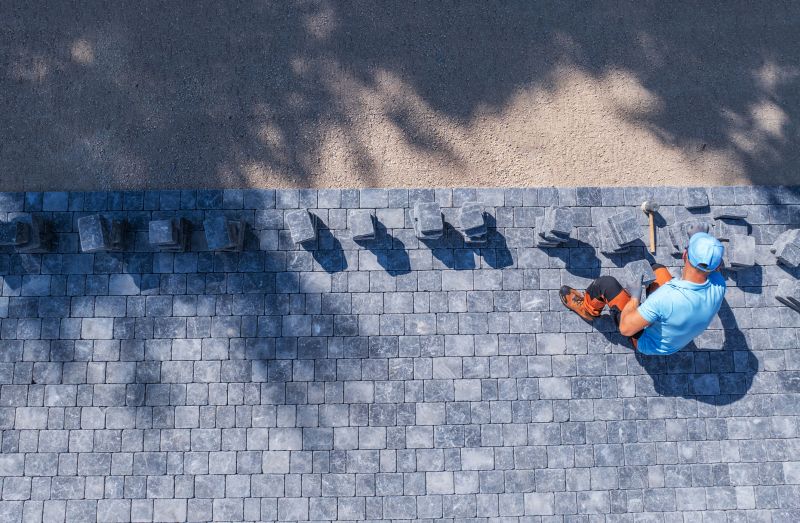
Ways to make Concrete Pavers Installations work in tight or awkward layouts.
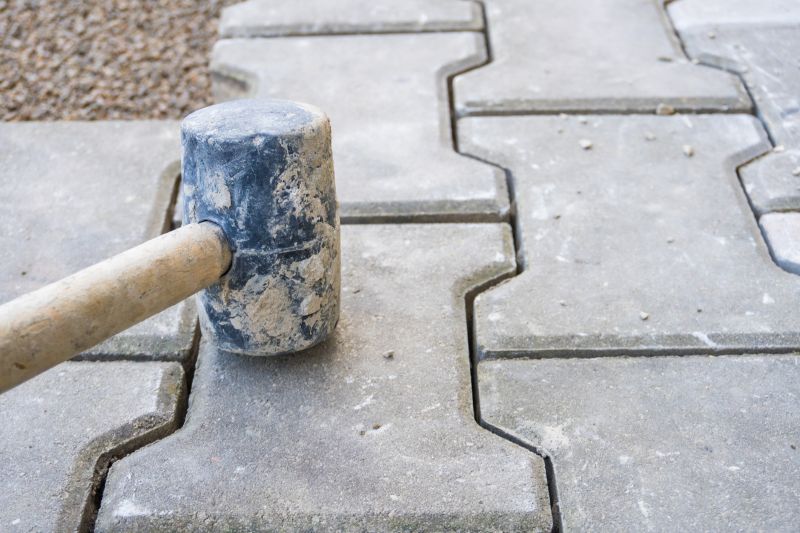
Popular materials for Concrete Pavers Installations and why they hold up over time.
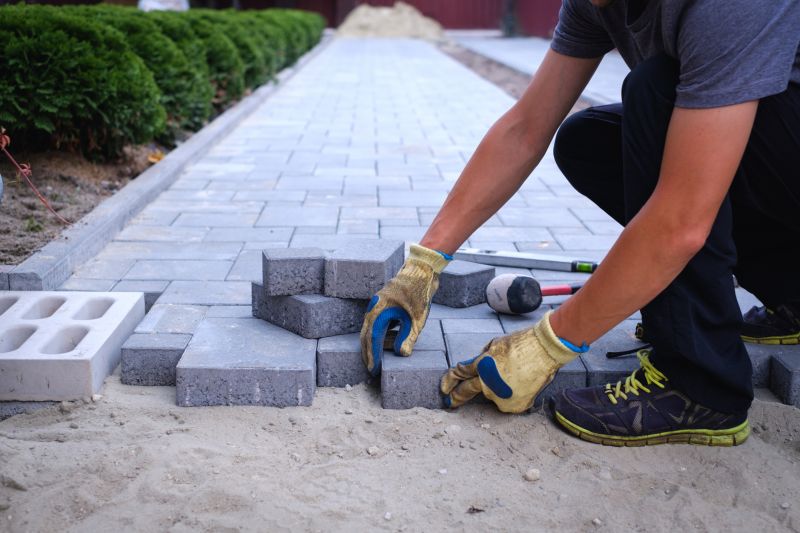
Simple add-ons that improve Concrete Pavers Installations without blowing the budget.
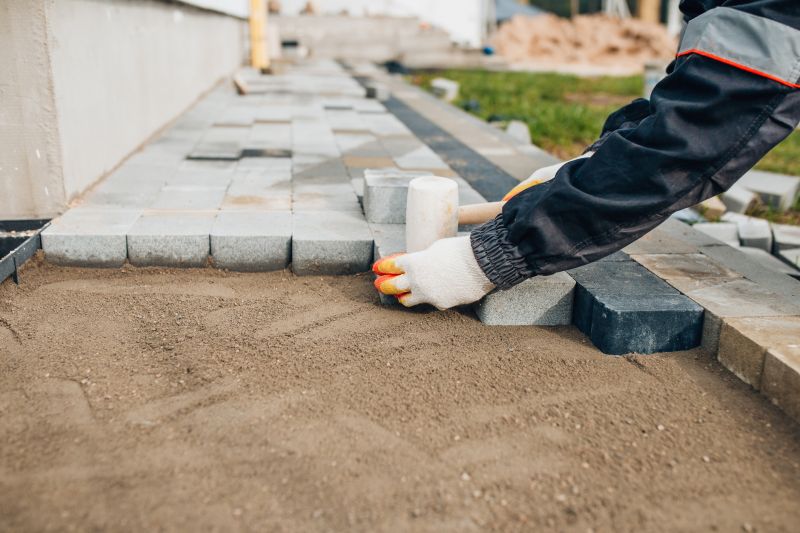
High-end options that actually feel worth it for Concrete Pavers Installations.
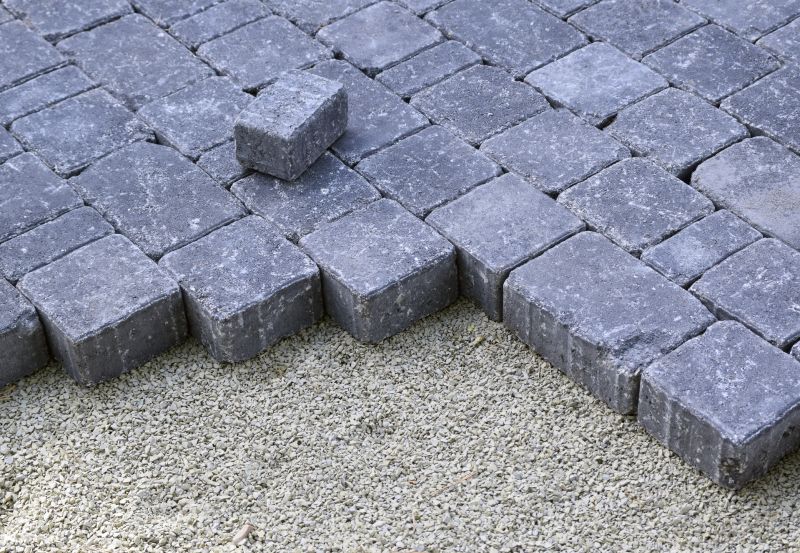
Finishes and colors that play nicely with Concrete Pavers Installations.
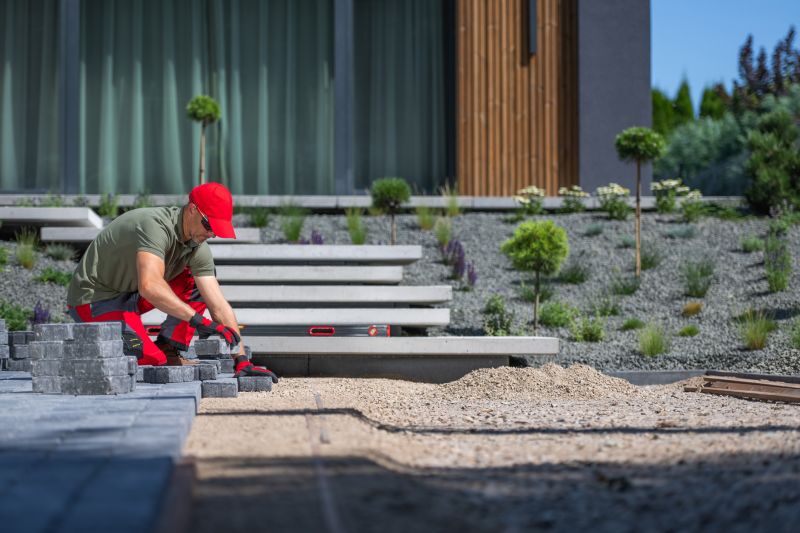
Little measurements that prevent headaches on Concrete Pavers Installations day.
Concrete pavers are a durable and versatile option for outdoor surfaces, including patios, walkways, and driveways. Proper installation involves preparing the base, ensuring correct leveling, and allowing adequate curing time. The longevity of paver installations depends on seasonal timing, weather conditions, and adherence to best practices. Studies show that installations completed during optimal weather conditions tend to last longer with fewer repairs needed over time.

A 60-second routine that keeps Concrete Pavers Installations looking new.

A frequent mistake in Concrete Pavers Installations and how to dodge it.

Small tweaks to make Concrete Pavers Installations safer and easier to use.

Lower-waste or water-saving choices for Concrete Pavers Installations.

The short, realistic tool list for quality Concrete Pavers Installations.

Rough timing from prep to clean-up for Concrete Pavers Installations.
| Season | Optimal Conditions |
|---|---|
| Spring | Moderate temperatures, low humidity, minimal rain |
| Summer | Warm temperatures, avoid extreme heat, ensure watering |
| Fall | Cooler temperatures, dry weather, before winter |
| Winter | Not recommended due to freezing and snow |



